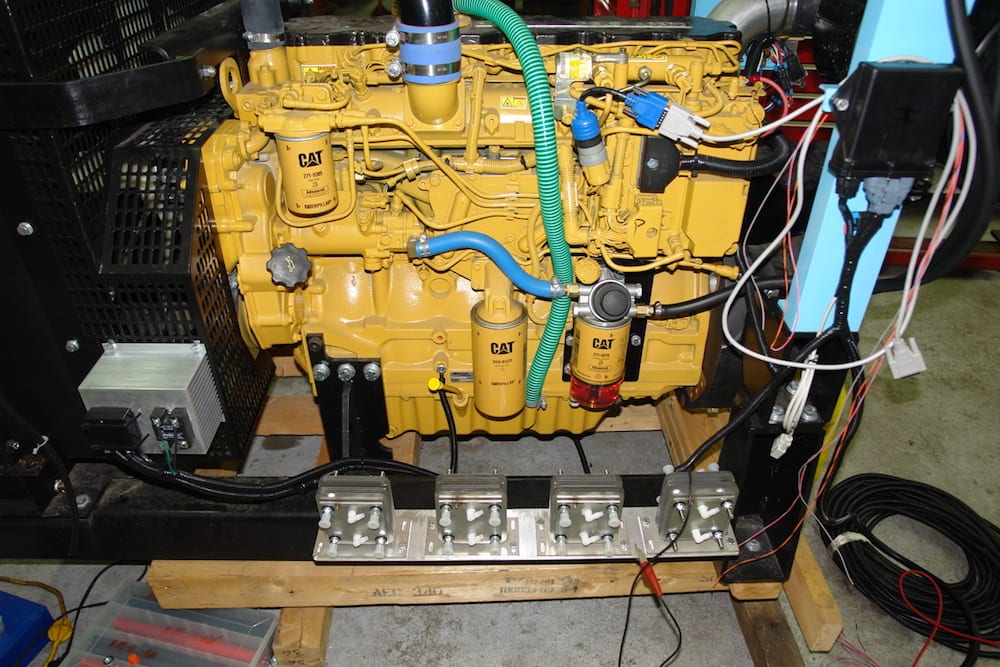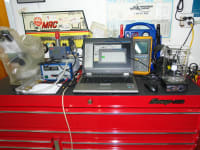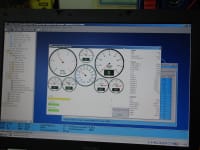At a high level of abstraction, embodiments of the invention pertain to methods of using the byproducts of the electrolysis of water (2H2 and O2) as an oxidizer (the O2) and additional fuel (the H2) to increase the efficiency of a computer-controlled fuel-powered combustion-based engine by supplementing the air intake into the engine with a controlled amount of the (2H2+O2) gas and optionally by controlling the other inputs (e.g. fuel, air) into the engine, and systems for implementing the method.
The system and method may be used with any internal or external combustion engine such as 2-stroke, 4-stroke, 6-stroke, diesel, Wankel, jet, Wankel, and Stirling engine, for example. Further, a system and method according to the invention may be used with any type of fuel where energy is produced by a chemical reaction with oxygen. Such fuels include but are not limited to gasoline or petroleum, oil, natural gas, biomass derived fuel, vegetable oil, ethanol fuel, alcohol fuel, methanol fuel, fuel oil, coal oil, jet fuel, rocket fuel, kerosene. Solid fuels such as but not limited to coal, charcoal, peat, fuel pellets made from Hexamine, wood, corn, wheat, rye or other grains, solid rocket fuel and the like are also suitable for use with a system and method according to the invention.
Some embodiments of the invention pertain to a system and method that may be used with an existing engine and may be integrated with the existing engine easily in, for example, an after-market or original equipment manufacture (OEM) application. The system may include a computer control module that may be inserted electrically between one or more of the engine system sensors and the engine control module and a hydrogen cell for breaking water into hydrogen and oxygen gases. The hydrogen cell is electrically connected to the control module and is also connected to the air intake system where gases produced by the hydrogen cell are introduced into the engine. The system may have an “off” condition where the hydrogen cell is inactive and where the computer control module sends the engine system sensor signals to the engine control module unaltered. In such a phase, the engine control module runs the engine and associated components according to the manufacturer's preset conditions and programs. The system may also be active. When the system is active, the system may monitor one or more signal inputs to the computer control module and alter one or more of the signals sent to the engine control module to thereby alter one or more inputs (such as fuel) to the engine. The computer control module may also activate, in whole or part, the hydrogen cell to add oxygen and hydrogen to the engine's combustion process. The computer control module monitors the signals to make necessary adjustments to its signal skewing functions and hydrogen cell activation function.
Like this entry?
-
About the Entrant
- Name:Tim Huttner
- Type of entry:individual
- Software used for this entry:a downloaded version ( trial ) of comsol for fuel cell model
- Patent status:patented








